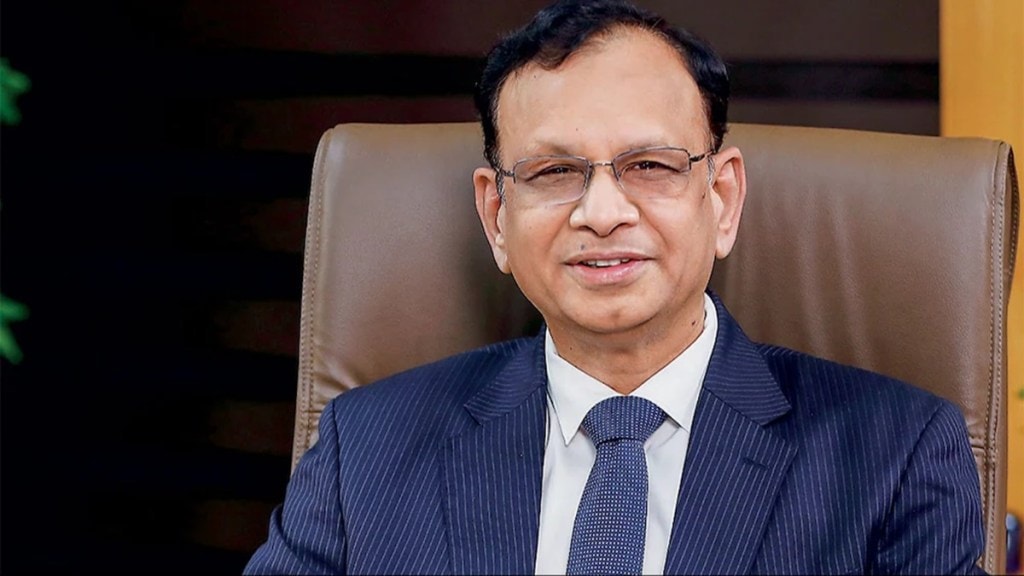The Reserve Bank of India’s draft guidelines to set up a harmonised regulatory framework for gold loans will help banks gain a larger share of the market at the cost of non-banking finance companies (NBFCs) due to competitive pricing, said B Ramesh Babu, managing director and CEO of Karur Vysya Bank (KVB).
Babu said a uniform regulatory framework for banks and NBFCs would ensure a level playing field. NBFCs typically charge interest rates of 18–20% while banks offer rates close to 10% – lower rates could encourage more borrowers to shift to banks.
Crisil Ratings said the draft norms will likely slow down the loan growth of gold-loan NBFCs. “If implemented in the current form, the directions on loan-to-value (LTV) computation… can impact the growth prospects of gold-loan NBFCs, as they will have to recalibrate disbursement values,” it said.
Babu, however, pointed out that the benefits will take some time to materialise as the draft norms limit gold lending to production-related purposes. “So it needs to be templated, linked to the scale of finance, and supported by internal training and adjustments to digital systems,” he said.
KVB’s goan loan portfolio grew 61% year-on-year to ₹3,455 crore in FY25. Babu attributed this growth to strong organic demand and a portfolio shift from agriculture gold loans to retail gold loans, in line with regulatory compliance. As of March 2025, jewel loans accounted for ₹23,301 crore or 28% of total advances, up from 25% a year earlier. The bank aims to keep the share of gold loans within 30% of total advances.
Babu said the retail, agriculture, and MSME (RAM) segments will continue to be a key growth driver, with advances expected to grow 16–18% in the current fiscal. As of March 2025, RAM advances grew 20% YoY to ₹72,444 crore.
He noted that a key constraint remains the quality of deposits, especially low-cost current account and savings account (CASA) deposits, which remain a challenge across the industry. “CASA growth has slowed, as more customers are choosing to lock in their funds in time deposits at higher interest rates. This shift has led to a disproportionate growth in term deposits,” Babu said.
KVB’s CASA ratio fell to 27.27% of total deposits of ₹1.02 lakh crore in FY25, from 30.39% of ₹89,113 crore a year ago. Term deposits rose 20% YoY to ₹74,246 crore.
Babu said the bank’s planning approach has changed. “Earlier, we used to plan credit growth targets and execute accordingly. Since last year, we had to plan credit expansion based on the deposit growth.”
The bank targets a deposit growth of 12–13% for FY26.

